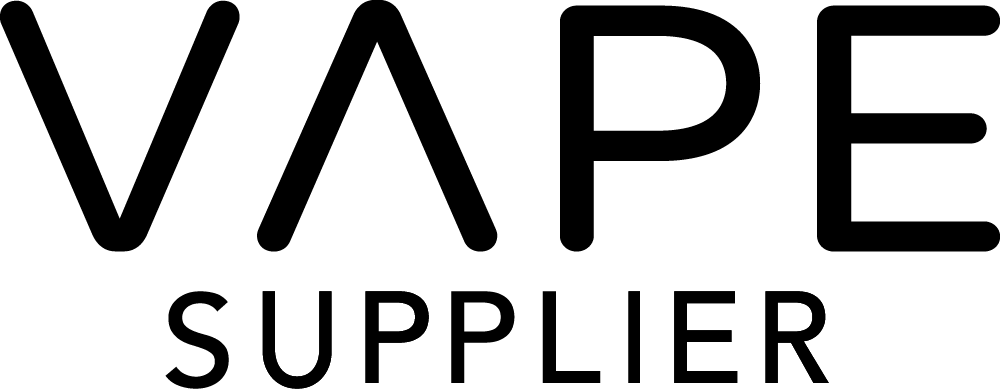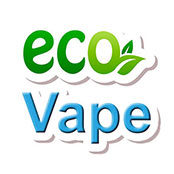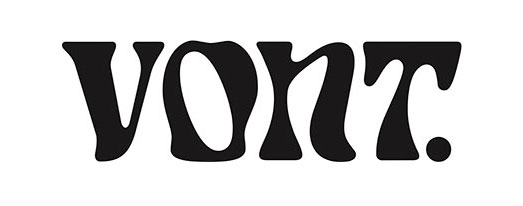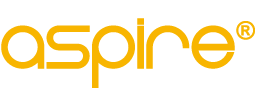EU CLP Regulation 1272/2008 Amendment - REGULATION (EU) 2024/2865
KEY POINTS:
1. Online Sales and Supplier Identification:
Mandatory identification of an EU-based supplier on product labels
Ensures accountability for online and cross-border sales
Amendment Details:
The regulation mandates that any hazardous substance or mixture placed on the EU market must have an EU-based supplier identified on the label
This ensures that products sold online or through distance sales comply with EU regulations and that there is a responsible entity within the EU for compliance and enforcement purposes
__________
2. Packaging and Labelling Requirements:
Updated formatting for hazard pictograms, signal words, and precautionary statements
Enhanced clarity and readability for consumers
Amendment Details:
The regulation introduces new hazard classes and updates labelling requirements to ensure clearer communication of chemical hazards to consumers
Specific changes include updates to label content, font size, and format to enhance readability and comprehension
Further Details:
General Label Content:
In order to ensure a high level of protection for human health and the environment, it is necessary that labels on substances and mixtures be legible. Minimum requirements on important parameters such as font size, distance and colour should therefore be laid down. A flexible approach should, however, be taken in respect of shades of those colours so as not to hamper efforts to achieve a circular economy through the use of recycled materials for packaging material.
Font size:
<0.5L (500 mL):
Minimum height of 1.2 mm (a minimum height of 1.2 mm of the lower case ‘x’ [x-height] of the chosen font)
Label Information:
The text on the label shall have the following characteristics:
(a) printed in black on a white background;
(b) the distance between two lines shall be at least 120 % of the font size;
(c) a single font that is easily legible and without serifs shall be used;
(d) the letter spacing shall be appropriate for the selected font to be easily legible.
For the labelling of inner packaging where the contents do not exceed 10 ml, the font size may be smaller than indicated in above, as long as it remains easily legible, where it is deemed important to place the most critical statement, such as a hazard statement or EUH statement, and where the outer packaging meets the requirements of Article 17 (of CLP Regulation (EC) No 1272/2008).Hazard communication elements (signal words, hazard statements, and precautionary statements) must be displayed without obstruction.
Pictogram Size:
<0.5L (500 mL):
The pictogram should not measure less than 10×10 mm but whenever possible, the pictogram size should be increased to at least 16×16 mm
Use of QR Codes and Digital Labelling:
Where a digital label is used, a data carrier linking to that digital label shall be firmly affixed or printed on the physical label or on the packaging next to the label in such a way that it can be processed automatically by digital devices that are widely used. Where label elements are provided on a digital label, the data carrier shall be accompanied by the statement “More hazard information available online” or by a similar indication.’
The label elements for substances and mixtures referred to in Article 17 shall be provided on a label in a physical form (“physical label”). In addition to the physical label, the label elements referred to in Article 17 may be provided in a digital form (“digital label”).
Purpose of the Digital Label:
The inclusion of digital labels (via QR codes or other data carriers) serves several purposes:
Supplementary Information:
They provide a convenient way to access additional safety details or information that might not fit comfortably on the physical label, especially for small or irregularly shaped packaging
Examples include expanded precautionary measures, safe handling instructions, or multilingual hazard information
Accessibility:
Digital labels make information more accessible, particularly for users who need it in different formats (e.g., vulnerable groups requiring adaptive technologies)
Sustainability:
They align with broader efforts to reduce packaging waste and improve the sustainability of labelling practices
Support for Compliance:
By providing an additional medium, digital labels can help address issues where physical space on the packaging is limited
Information on the Digital Label:
If a supplier chooses to use a digital label, no mandatory information can be omitted from it
Article 17 Information:
All the mandatory elements required on a physical label (e.g., hazard pictograms, signal words, hazard statements, precautionary statements, supplier details) must be present on the digital label in full
Supplementary Role:
While the digital label can include extra information, it cannot serve as a replacement for any physical label elements
Essentially, the digital label mirrors and supplements the physical label rather than allowing for the omission of required information
Requirements for digital labelling:
1. Where a supplier affixes or prints a data carrier linking to a digital label, that supplier shall ensure that the digital label satisfies the following general rules and technical requirements:
(a) all label elements referred to in Article 17(1) shall be provided together in one place and separately from other information;
(b) the information on the digital label shall be searchable;(c) the information on the digital label shall be accessible to all users in the Union and shall remain accessible for a period of at least 10 years or for a longer period where required by other Union legislation;
(d) the digital label shall be accessible free of charge, without the need to register or to download or install. applications, or to provide a password;
(e) the information on the digital label shall be presented in a way that also addresses the needs of vulnerable groups and supports, as relevant, the necessary adaptations to facilitate access to the information by those groups;
(f) the information on the digital label shall be accessible with no more than two clicks;
(g) the digital label shall be accessible through digital technologies widely used, and compatible with all major operating systems and browsers;
(h) where the information on the digital label is accessible in more than one language, the choice of language shall not be conditioned by the geographical location from which that information is accessed.
2. It shall be prohibited to track, analyse or use any usage information for purposes going beyond what is absolutely necessary for the provision of digital labelling.’
For reference and clarity when reading the above, Article 17 from CLP Regulation (EC) 1272/2008 is below:
1. A substance or mixture classified as hazardous and contained in packaging shall bear a label including the following elements:
(a) the name, address and telephone number of the supplier(s);
(b) the nominal quantity of the substance or mixture in the package made available to the general public, unless this quantity is specified elsewhere on the package;
(c) product identifiers as specified in Article 18;
(d) where applicable, hazard pictograms in accordance with Article 19;
(e) where applicable, signal words in accordance with Article 20;
(f) where applicable, hazard statements in accordance with Article 21;
(g) where applicable, the appropriate precautionary statements in accordance with Article 22;
(h) where applicable, a section for supplemental information in accordance with Article 25.2. The label shall be written in the official language(s) of the Member State(s) where the substance or mixture is placed on the market, unless the Member State(s) concerned provide(s) otherwise. Suppliers may use more languages on their labels than those required by the Member States, provided that the same details appear in all languages used.
Digital Labelling Notes:
Physical label: Mandatory for all hazardous substances and mixtures
Digital label: Optional and can supplement the physical label, provided it complies with the outlined requirements (e.g., accessibility, no tracking, free of charge)
Provisions for Small and Irregular Containers:
Regulation (EC) No 1272/2008 allows for the use of fold-out labels only if the general rules for the application of labels cannot be met due to the shape or form of the packaging or its small size. As a result of advancements in labelling technologies, more flexibility should be given to suppliers by providing for a possibility to use fold-out labels on a regular basis. It is therefore appropriate to allow labels to be presented in the form of fold-out labels, applying the rules on application and formatting to ensure good readability, and the specific requirements for the content of the front, inner and back pages.
Labels shall be firmly affixed to one or more surfaces of the packaging immediately containing the substance or mixture and shall be readable horizontally when the package is set down normally. The label may be presented in the form of a fold-out label and if utilised, the front page of the fold-out label shall include at least the following elements:
(i) the name, address and phone number of suppliers;
(ii) nominal quantity of the substance or mixture in the package made available to the general public, unless this quantity is specified elsewhere on the package;
(iii) the product identifiers in accordance with Article 18(2) for substances and Article 18(3)(a) for mixtures in all languages of the label that are used in the inside pages;
(iv) where applicable, the hazard pictograms;(v) where applicable, the signal words in all languages of the label that are used in the inside pages;
(vi) where applicable, the unique formula identifier, unless printed or affixed on the inner packaging in accordance with Part A, point 5.3, of Annex VIII to this Regulation;
(vii) a reference to the full safety information inside the fold-out label in all languages of the label or a symbol to inform a user that the label can be opened and to illustrate that additional information is available on inside pages;
(viii) an abbreviation of the language (country code or language code) for all the languages that are used in the inside pages.
The inner pages of the fold-out label shall contain all the label elements provided for in Article 17(1), except for the hazard pictogram and the supplier identification, in each of the languages mentioned on the front page and grouped by language, using the language abbreviation (country code or language code). The back page of the fold-out label shall contain all the label elements provided on the front page, except for the abbreviations of the languages that are used in the inside pages.
__________
3. Hazard Communication and Consumer Marketing:
Stricter rules against misleading marketing about product hazards
Ensures accurate communication of risks to consumers
Amendment Details:
The regulation aims to improve how chemical hazards are classified and provide clearer safety warnings to consumers
This includes ensuring that marketing communications do not mislead consumers about the hazards associated with a product
__________
4. Specific Transitional Dates:
General Entry into Force:
The regulation/amendment entered into force 20 days after its publication, which would have been 10 December 2024
Application from 1 July 2026:
Specific provisions, including font size adjustments and fold-out labels for small containers will apply from 1 July 2026. This is explicitly linked to the points in Article 1 and related annexes
Application from 1 January 2027:
Other provisions, such as updated hazard pictograms, statements, and further label adjustments become applicable from 1 January 2027
Derogations for Transitional Packaging:
Substances and mixtures already classified, labelled, and packaged before the respective application dates can remain compliant with the previous rules until:
30 June 2026 for provisions applicable from 1 July 2026
31 December 2026 for provisions applicable from 1 January 2027








